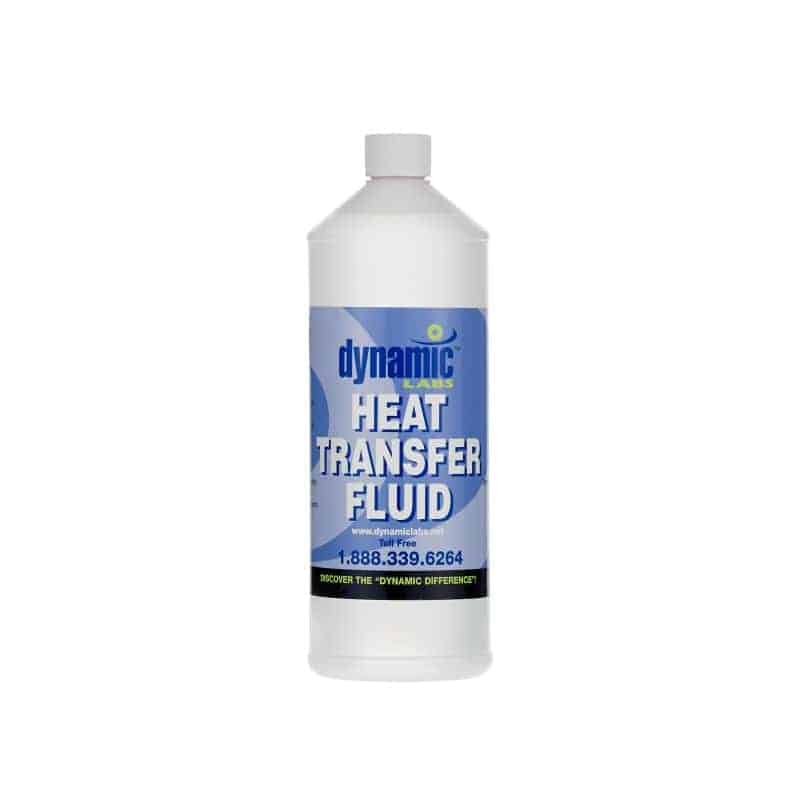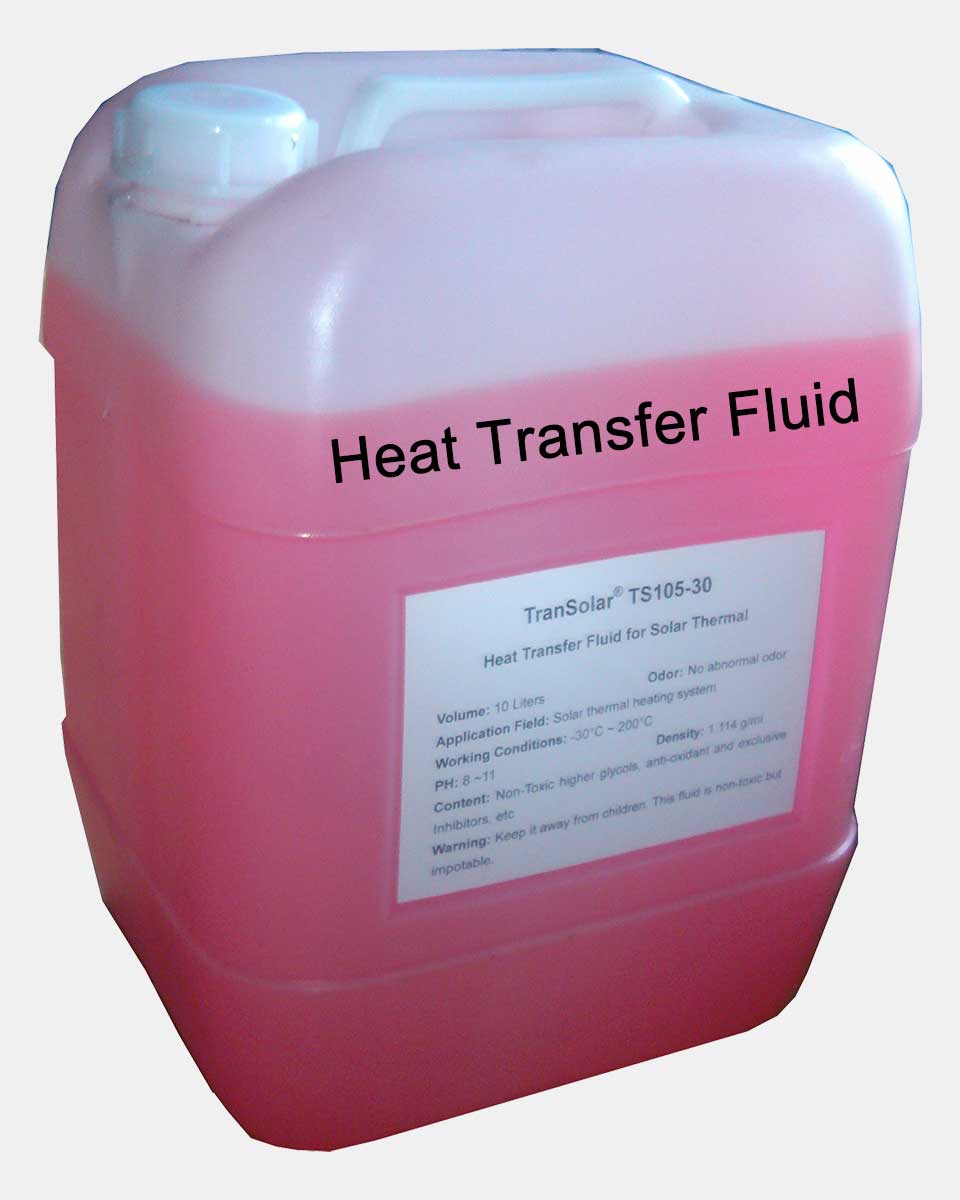Why Choosing the Right Heat Transfer Fluid Is Vital for Optimal System Efficiency
Choosing an appropriate warm transfer liquid is a pivotal decision that can dramatically affect system performance and operational expenses. As the effects of this choice extend far past prompt performance, understanding the subtleties of liquid option becomes necessary for anyone looking to accomplish ideal system performance.
Importance of Heat Transfer Fluids
What function do warm transfer fluids play in industrial processes? Heat transfer liquids are crucial for the reliable transfer of thermal power within numerous commercial systems.
The selection of warm transfer fluid can substantially influence power security, efficiency, and equipment durability. Fluids must be qualified of withstanding high temperature levels and stress without weakening, along with exhibition minimal volatility and reduced poisoning. Their performance straight influences not only the productivity of the system yet likewise its functional prices.
Additionally, heat transfer fluids play an essential function in preserving procedure control, making sure that temperature changes are lessened. This is particularly vital in sensitive applications such as pharmaceuticals and petrochemicals, where precise temperature level administration is critical. On the whole, the value of selecting the appropriate warm transfer liquid can not be overstated, as it is integral to enhancing industrial processes and boosting general system efficiency.
Key Feature to Think About
When selecting a warm transfer fluid, which essential residential or commercial properties should be prioritized to ensure optimal performance? Thermal conductivity is important; a fluid with high thermal conductivity will effectively move heat, decreasing power loss. Additionally, the certain warmth capacity of the fluid is crucial, as it establishes how much energy the liquid can save and release, impacting overall system responsiveness.
Viscosity is one more substantial home to think about, as it affects the liquid's circulation features; lower viscosity fluids are normally favored for less complicated circulation and reduced pumping energy. The fluid's temperature range is equally essential; it needs to execute properly within the functional temperature levels of the system without degrading or vaporizing.
Take into consideration the environmental influence and safety account of the fluid, as guidelines and sustainability goals significantly influence liquid selection. By focusing on these key buildings, one can choose a warmth transfer fluid that boosts system durability and integrity.

Impact on System Efficiency
The option of warm transfer liquid straight affects system effectiveness, influencing both power usage and functional efficiency. A liquid's thermal conductivity, thickness, and warm capability play essential duties in just how properly it moves warmth within a system. Optimum fluid residential properties make sure that warm is taken in and dispersed effectively, lessening energy losses and enhancing the overall performance of the system.

Additionally, the compatibility of the liquid with system products can considerably impact efficiency. A liquid that creates corrosion or deterioration can bring about leakages and system failures, even more decreasing effectiveness. In recap, the appropriate warmth transfer liquid not just takes full advantage of power effectiveness and minimizes expenses however likewise boosts the integrity and long life of the system, making it an essential factor to consider for designers and decision-makers in thermal monitoring applications.
Usual Kinds of Heat Transfer Fluids
A range of warm transfer fluids are typically employed in thermal management systems, each with distinctive residential properties matched to particular applications. Water is among the most commonly used warm transfer liquids due to its high specific heat ability, affordable, and accessibility. Its cold factor limits its use in low-temperature applications.
Thermal oils, frequently derived from petroleum, are another popular selection, specifically in high-temperature systems. These fluids can operate at elevated temperatures without vaporizing, making them optimal for industrial applications. They might have limitations concerning thermal stability.
Refrigerants, made use of mainly in cooling systems, have one-of-a-kind thermodynamic properties that permit for efficient heat transfer at reduced temperatures. Their option is important to guarantee efficiency and conformity with environmental guidelines.

Furthermore, stage adjustment products (PCMs) are getting grip for their capacity to soak up and launch significant amounts of heat during stage transitions, offering a distinct service for thermal energy storage. Each fluid's particular attributes have to be reviewed for optimum efficiency.
Finest Practices for Choice
Picking the proper warm transfer liquid includes careful factor to consider of a number of key factors that straighten with the particular needs of the application. Second, think about the fluid's thermal conductivity, which impacts heat transfer prices; higher thermal conductivity usually leads to enhanced performance.
Furthermore, evaluate the fluid's viscosity, as it influences pumping power and general system performance. Lower thickness fluids commonly decrease power consumption throughout circulation. Compatibility with system products is an additional vital aspect; make sure that the liquid does not cause deterioration or degradation of pipelines and parts.
Following, think about the liquid's security and durability, specifically in high-temperature applications. A stable fluid decreases maintenance and replacement expenses. Lastly, environmental and security laws should assist your pop over here option process, emphasizing environmentally friendly and safe alternatives when feasible.
Final Thought
In verdict, picking the ideal heat transfer fluid is vital for accomplishing optimum system efficiency. The ideal liquid improves thermal conductivity, minimizes power losses, and advertises tools long my review here life, inevitably bring about better system integrity and efficiency. Recognizing the crucial properties and impacts of various fluids on system effectiveness is important for notified decision-making. Sticking to best practices in liquid option can lead to considerable long-lasting cost savings and functional performance.
Warmth transfer liquids are important for the efficient transfer of thermal power within various commercial systems. Furthermore, the particular warmth capability of the fluid is crucial, as it figures out how much energy the liquid can launch and keep, affecting total system responsiveness.
Take into consideration the ecological effect and safety and security profile of the liquid, as guidelines and sustainability goals increasingly affect liquid selection - thermal oil. A fluid's thermal conductivity, thickness, and heat view publisher site capability play pivotal functions in how successfully it transfers warm within a system. Water is one of the most extensively utilized warmth transfer fluids due to its high details heat ability, reduced expense, and availability